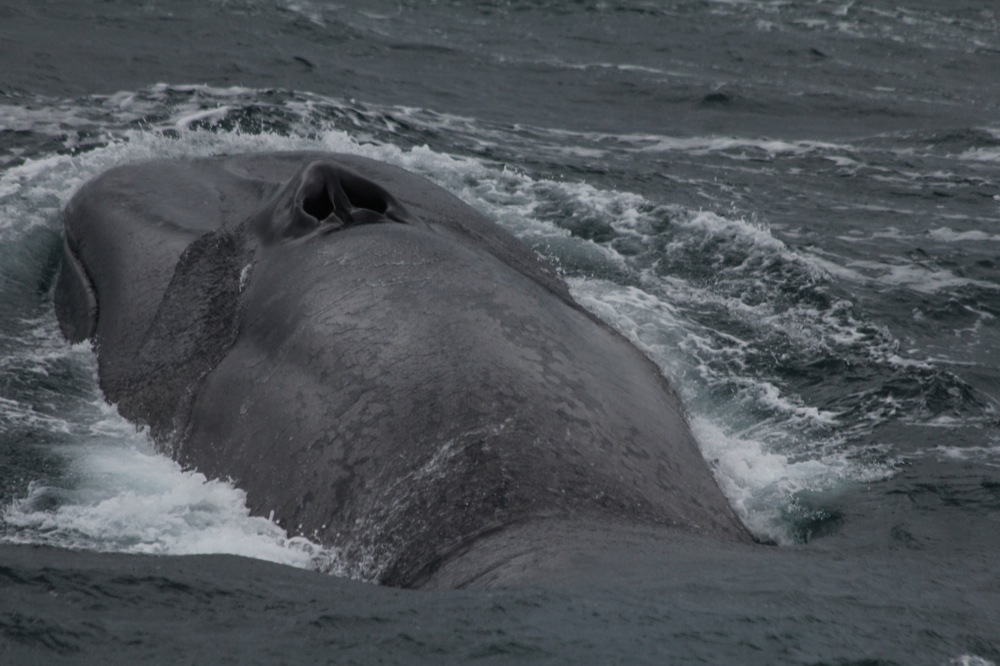Antarctic Blue Whales Found With Sound


Whales may be the biggest animals on Earth, but finding them in the vast open ocean isn't easy.
Now, an Australia-led research team has demonstrated a novel idea for chasing down the massive marine mammals. To search for Antarctic blue whales, the group dropped sonar buoys in the Ross Sea west of Antarctica, and listened for whale calls. They triangulated the whale's location from their calls, and then sailed to the right spot.
During the research cruise, the scientists photographed 57 blue whales, collected 23 skin biopsy samples and stuck on two satellite-tracking tags. They also spotted 11 pygmy blue whales and eight humpback whales, among a total 720 cetacean species (the group that includes whales, dolphins and porpoises).
"In many respects our expectations of what we could achieve have been exceeded," the scientists wrote on the expedition's blog.
The deep, resonating song of Antarctic blue whales travels hundreds of kilometers across the Southern Ocean, Brian Miller, of the Australian Antarctic Division and the lead marine mammal acoustician of the mission, said in a statement. The team returned with 626 hours of recordings, with 26,545 blue whale calls analyzed in real time.
The whale's satellite tags will transmit never-before obtained data on how the whales feed near the edge of the Antarctic ice, marine biologist Virginia Andrews-Goff of the Australian Marine Mammals Center said in a statement.
The International Whaling Commission estimates the population of Antarctic blue whales is between 400 and 1,400 individuals. The leviathans were slaughtered to near extinction in the early 1900s by whalers, who took some 340,000 whales, according to a statement from the Australian government.
Get the world’s most fascinating discoveries delivered straight to your inbox.
Researchers worldwide have used acoustic technology to track whale species for decades, including blue whales, humpback whales and right whales. This is the first time that scientists have located whales for tagging and identification by identifying their positions with sonar, the statement said.
Email Becky Oskin or follow her @beckyoskin. Follow us @OAPlanet, Facebook or Google+. Original article on LiveScience's OurAmazingPlanet.




